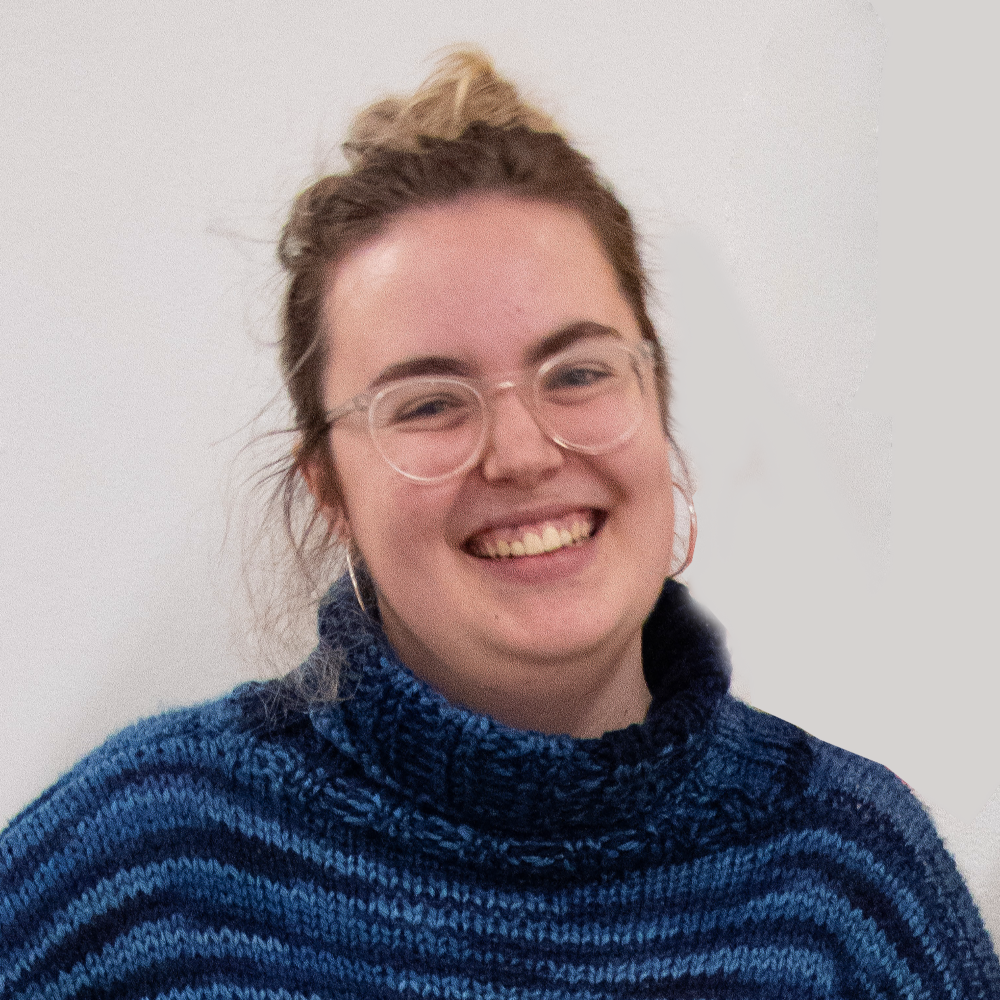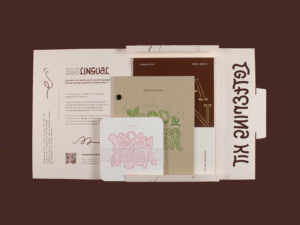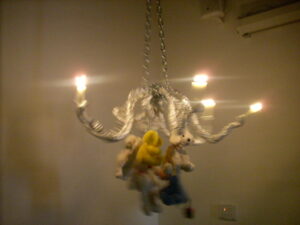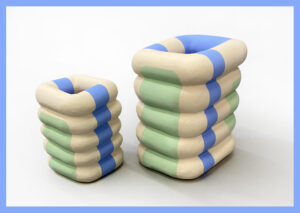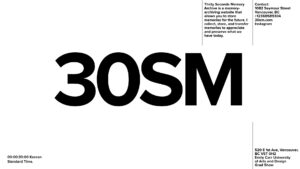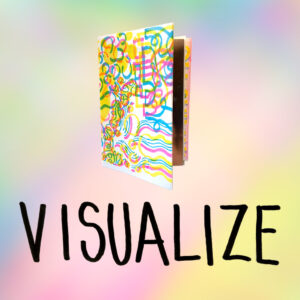Equal To / True
Madeleine Salomons
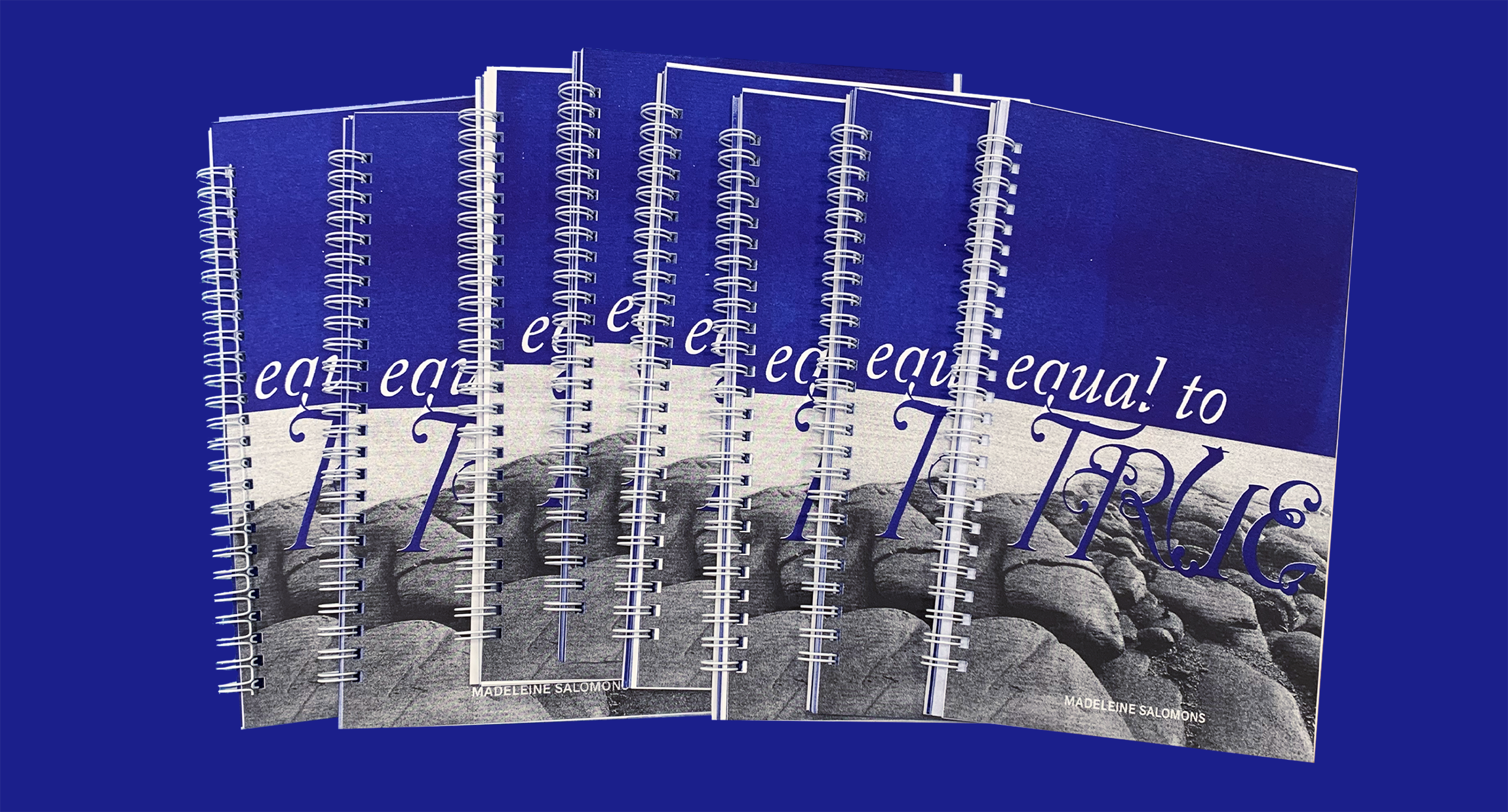
Poetry, depression, and telling the truth
Project Origins
Equal To / True began as a question: what does the power of words look like? What causes language, and in particular, poetry, to carry the weight that it does? I wanted my final piece created at Emily Carr to be something for myself; an examination of my own practice, expanded through research and making. Poetry had become a key element in combating poor mental health and the severe depression I was experiencing—but I didn’t know why, and I wondered if there was an answer.
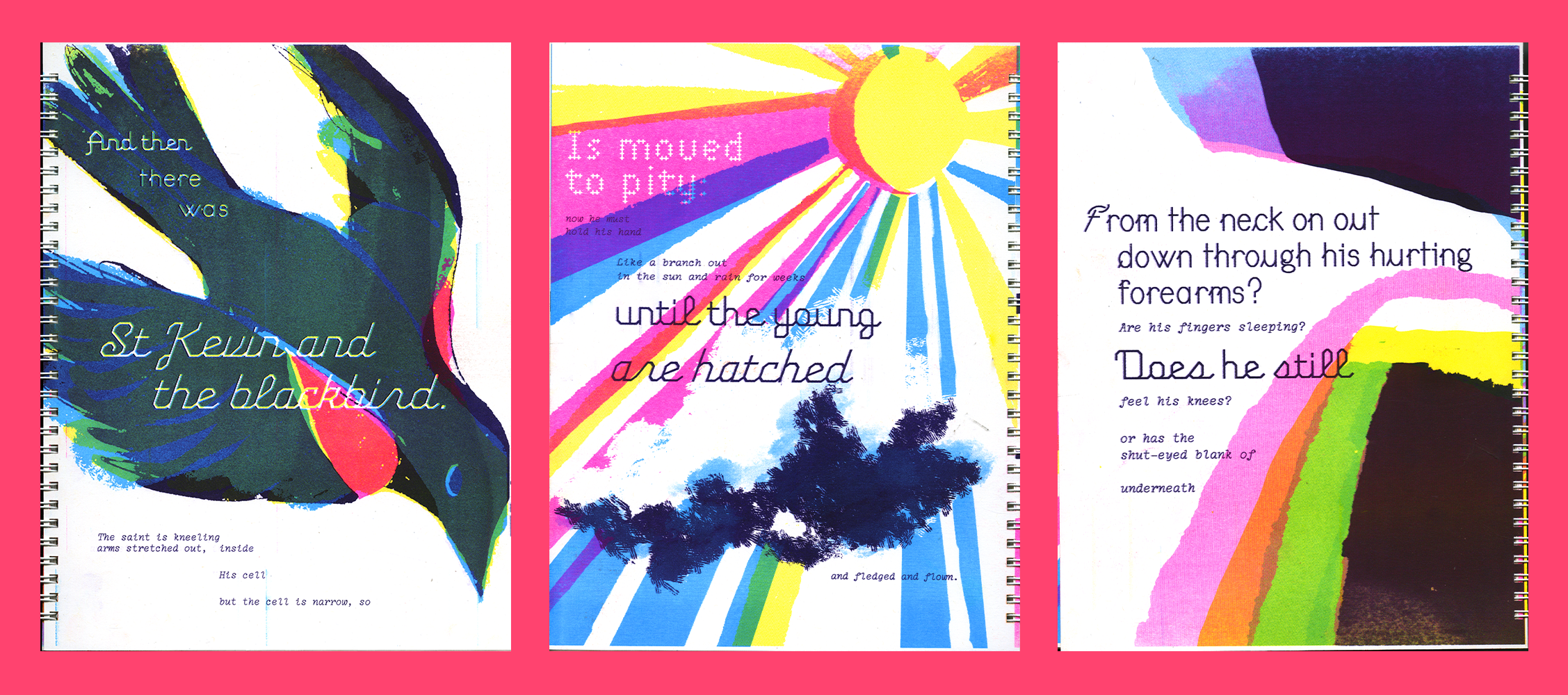
I spent my first semester researching other’s poetry—namely, that of Seamus Heaney, an Irish poet who was awarded the Nobel Prize in Literature in 1995. Most of my research involved writing in reflection of the stories I read, and then considering how that writing was presented in a graphic form. Risograph offers colours that are drastically brighter and a process that is infinitely more interesting than digital printing, and the production of this first publication was an experiment in several elements, including the technical aspects.
While the research of project was ongoing, I was as focused on the language and form of the content I was studying as I was the visual representation. I had very little experience regarding the structure and critical eye for a poem, and only knew the practice as it existed for myself: deeply vulnerable and full of emotion, allowing me to express myself in a way that I never had.
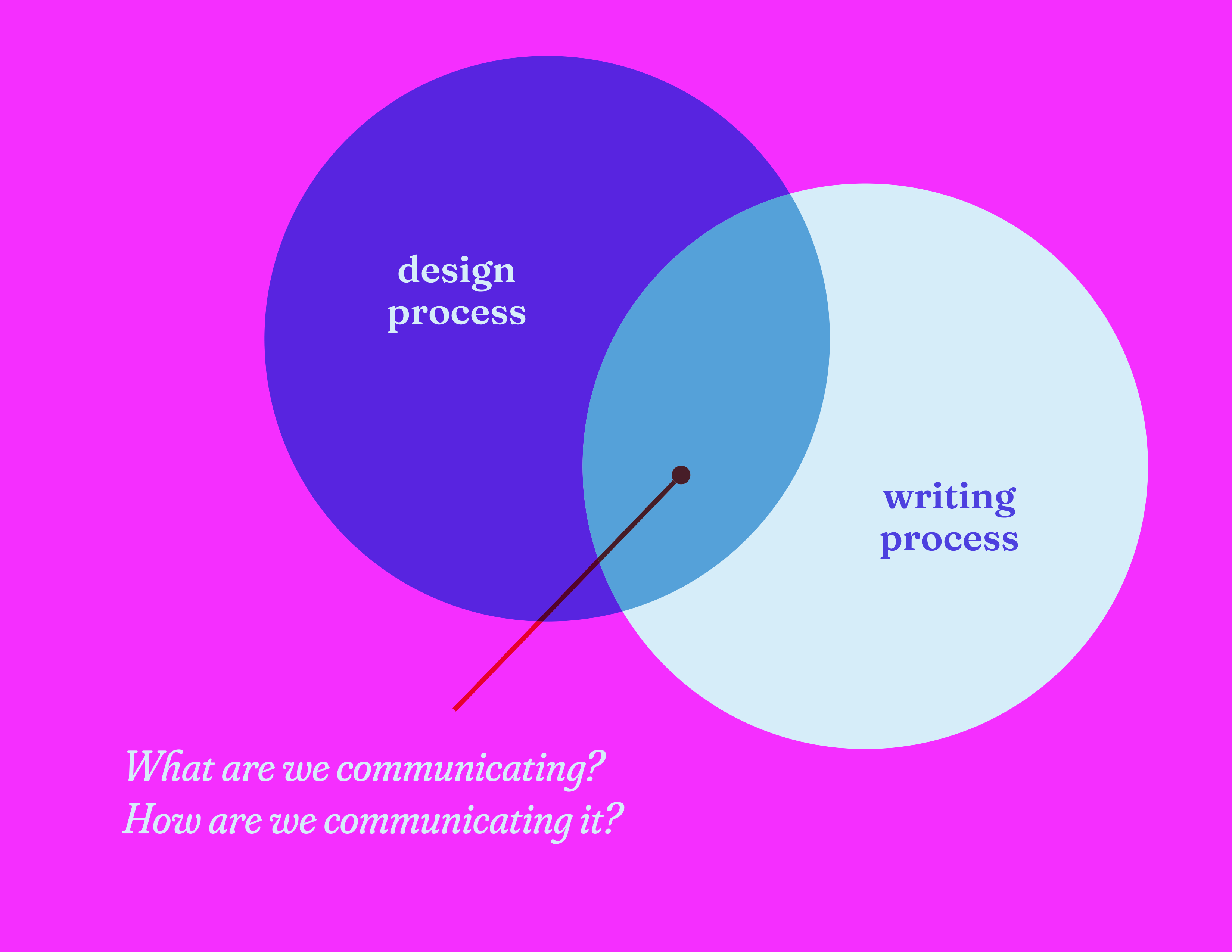
Writing & Design
The content for this publication, Equal To / True, was written over the course of the entire year. I began constructing the essay in early September to act as a form of reflection and documentation of process. The final written piece is over 5000 words and contains both written prose and poetry throughout. Most of the poems were written during this period as well, and were written with their visual appearance in mind. Dadaist poetry was a significant source of inspiration for both design conception and execution — mirroring the illogical, chaotic, nonsensical writing that was emerging as a result of my depression. This became the thesis “statement” of sorts around which my project operated: eliminating the traditional ways of thinking when it comes to mental illness allows for new solutions to reveal themselves.
The final draft of this publication, printed entirely on 2-colour risograph (with medium blue and HD black inks, & 50 masters) is a combination of prose, poetry, and visuals that speak to my experience with depression, and the opportunity that arises when we allow ourselves to think outside of traditional practices, opting in favour of telling the truth.
To read the full essay, click here!

